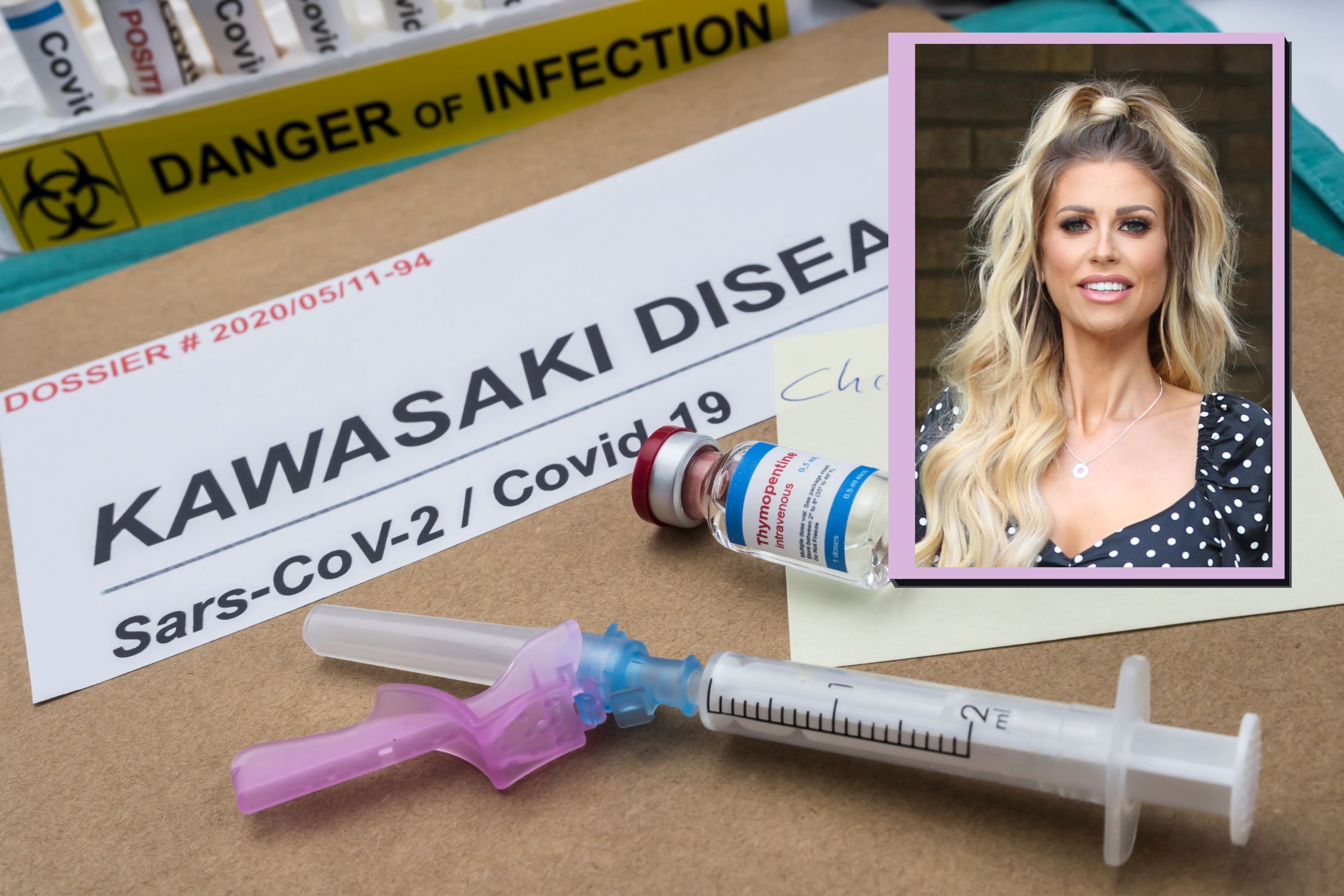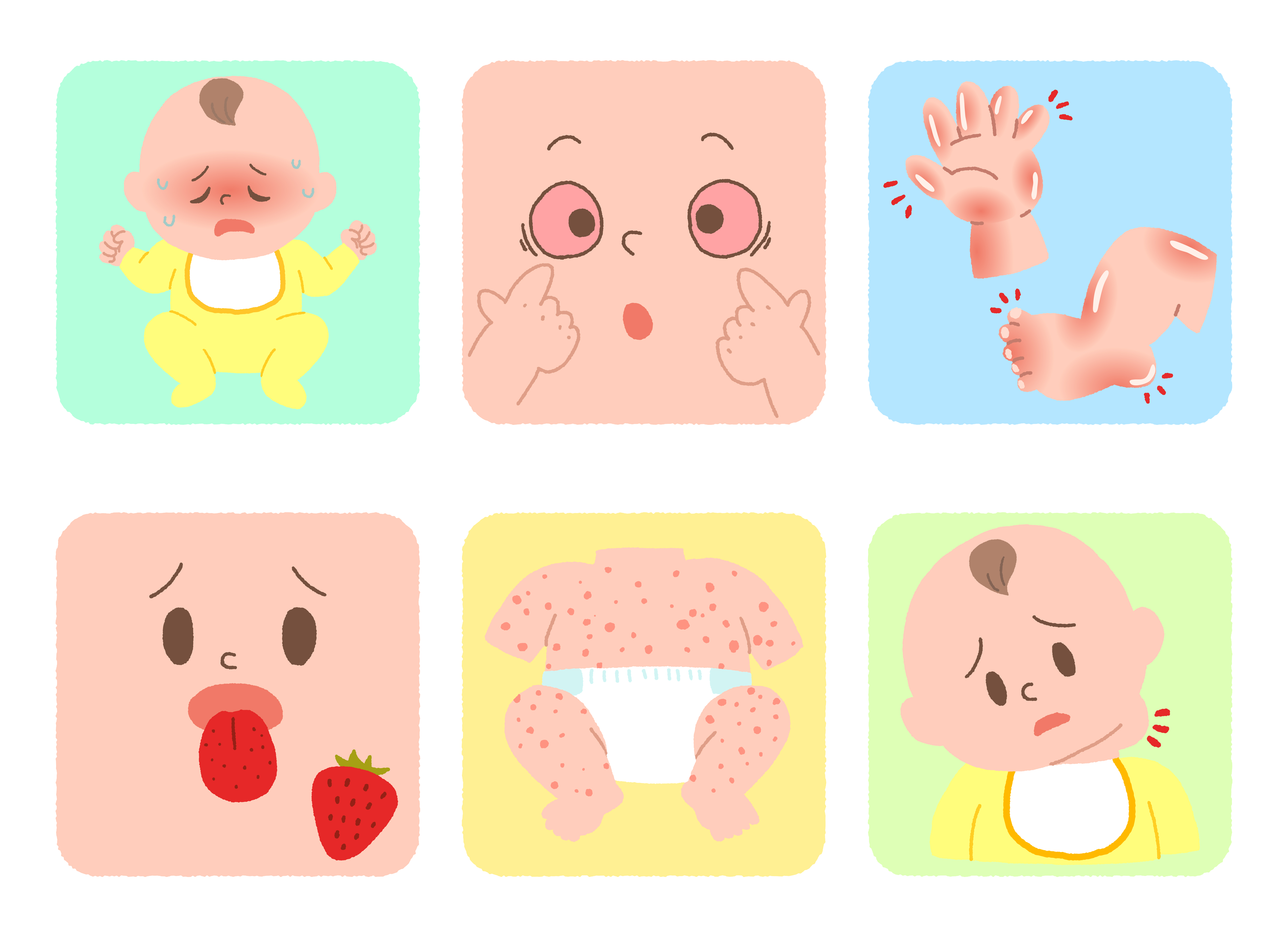
After Mrs Hinch shared that her son Ronnie had been rushed to hospital with a mystery illness and diagnosed with Kawasaki disease, here's all you need to know about the rare condition.
Cleaning influencer, Sophie Hinchliffe, known best as Mrs Hinch, recently shared her heartache over her eldest son's double hospital dash, and after a worrying 10 days in hospital for tests and treatment, she has shared that three-year-old Ronnie has been diagnosed with Kawasaki disease.
Kawasaki disease was previously mentioned in Covid symptoms in kids, due to the rash-like symptoms it causes. Firefly Lane actress Sarah Chalke's son Charlie was diagnosed with the condition when he was a toddler.
Sophie shared an emotional update over Ron's condition in the hope of raising awareness to the rare disease. She uploaded a snap of Ronnie in hospital and captioned it with some crying face emojis, "FINALLY 'We can go home now Mummy' Ron you are SO brave, SO strong, SO loved and just beautifully unique darling boy. We have spent the past 10 days living whats felt like a real life nightmare."
She went on to explain what led to his unexpected hospital stay, "Ron’s temp spiked 40 at home, I phoned an ambulance. Ron was admitted and IV antibiotics started but NOTHING was working, in fact Ronnie deteriorated."
Throughout the anxious 10 days, Ronnie was treated by Broomfield hospital, St Mary's and Great Ormond Street.
"The incredible doctors and nurses started every blood test and scan you can imagine. We paced rooms and corridors for days just waiting for an answer, a result … anything!
She continued, "Seeing Ron this way kicked me with a fear and desperation I’ve never felt in my whole life. What is happening to our son! Please tell me! After a couple of days , more symptoms appeared and results returned. Ron was diagnosed with Kawasaki disease, something I had never heard of before."
What is Kawasaki disease?
Kawasaki disease is a rare, non contagious disease that only affects around eight in every 100,000 children under the age of five in the UK. This disease causes swelling of the blood vessels throughout the body. It can also affect the blood vessels supplying the heart muscle when not treated early enough.
What is the main cause of Kawasaki disease?
To this day Kawasaki disease still has no explained cause but according to NHS.uk it is thought to be "caused by an infection and genetics may also play a role." It adds, "Kawasaki disease is more common in children from northeast Asia, especially Japan and Korea."
What are the symptoms of Kawasaki disease?
The main symptoms of Kawasaki disease include; a persistent high temperature, body rash, swelling and then peeling of the hands and feet, red blistered lips, bloodshot eyes, strawberry tongue, inflamed sore throat and swollen lymph glands.
Phase 1: Acute (Weeks 1-2)
- High temperature - possibly up to a high of 40C, usually lasts five days but can last for 11 days without proper Kawasaki disease treatment. Rare cases the high temperature can last for 3-4 weeks.
- Rash - skin rash and this will vary from child to child.
- Hands and feet swell - skin may also become red or hard and be painful to put weight onto. Look for signs your child is reluctant to walk or crawl.
- Eyes red and swollen - whites of the eyes become red and swollen.
- Red, dry or cracked lips - they can also swell or bleed. The throat might be inflamed and look for signs of "strawberry tongue" where it's red, swollen and covered in small lumps.
- Swollen lymph glands - swollen lumps can be found on either side of the neck.
Sub-acute (weeks 2-4)
- Abdominal pain
- Vomiting
- Diarrhoea
- Pee that contains puss
- Drowsy/ lack of energy
- Headache
- Joint pain/ swollen joints
- Yellowing of the skin / whites of the eyes
- Peeling of hands and feet
Phase 3: Recovery (weeks 4-6)
- The convalescent phase should show signs of recovery with signs of the illness disappearing. Lack of energy may still be present.

How serious is Kawasaki disease?
Kawasaki disease can be more serious in children under the age of one. Without treatment, around one in four children get heart complications. This can be fatal in around 2-3% of cases, according to NHS.uk The condition causes the blood vessels to become inflamed and swollen, which can lead to complications in the blood vessels that supply the blood to the heart.
Speaking about her son's illness Sarah Chalke, told InTouch, "It's a very visual disease. It's a high fever, and then everything - because of the inflammation - goes red. So it's red, bloodshot eyes, red lips, red rash and red hands and feet, and then the last telltale sign is the skin on the fingers peels back."
Video of the week







